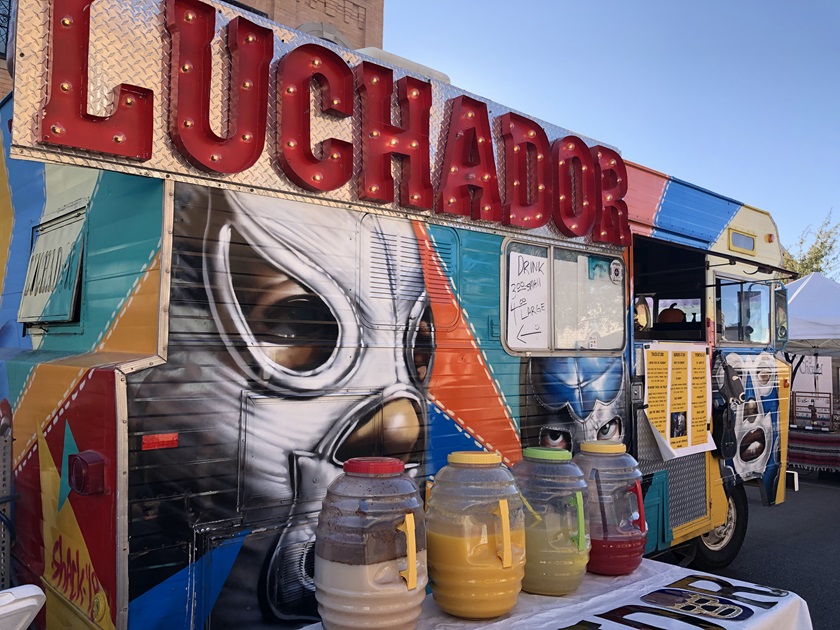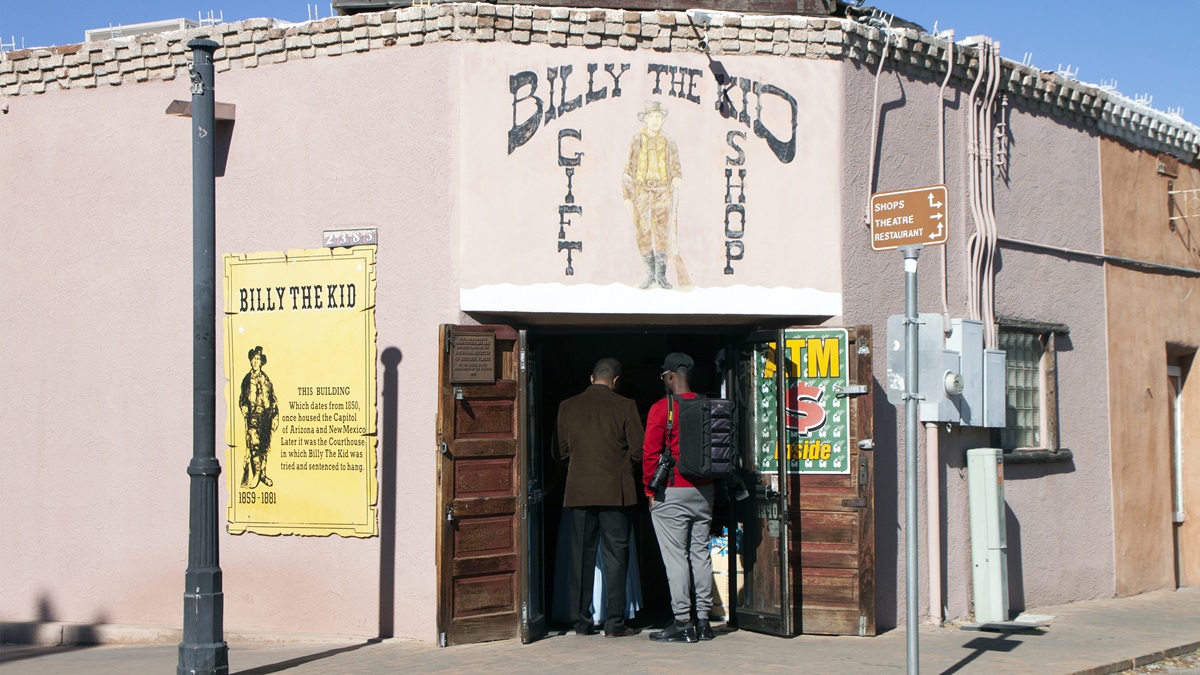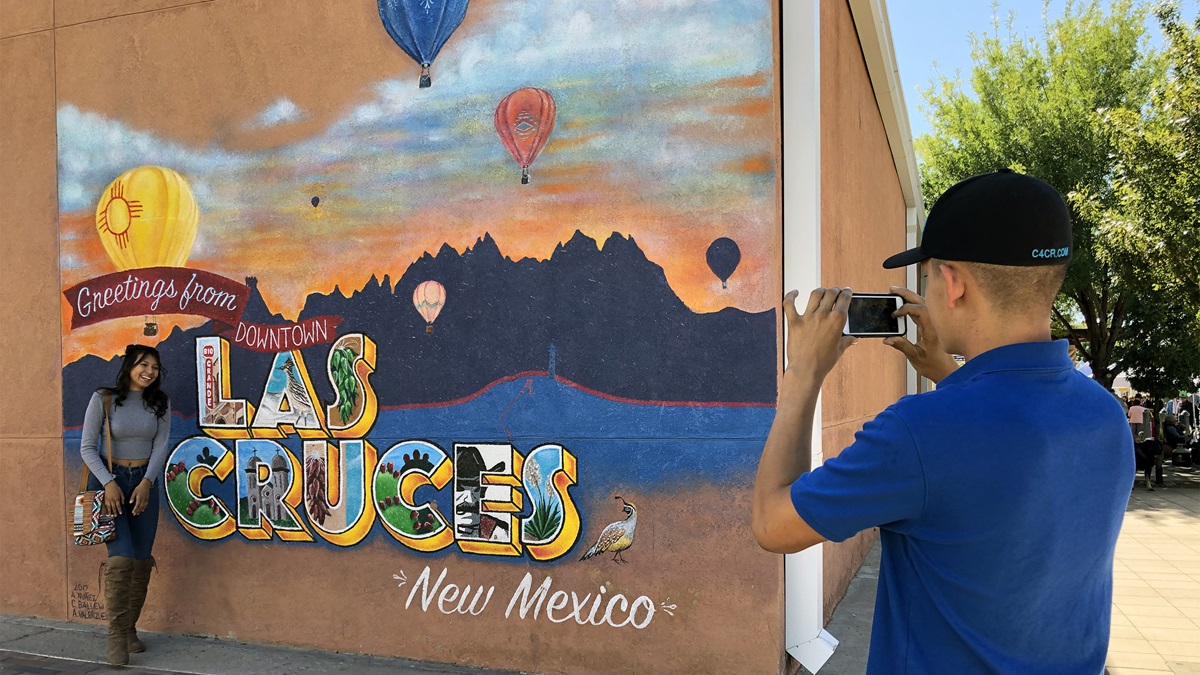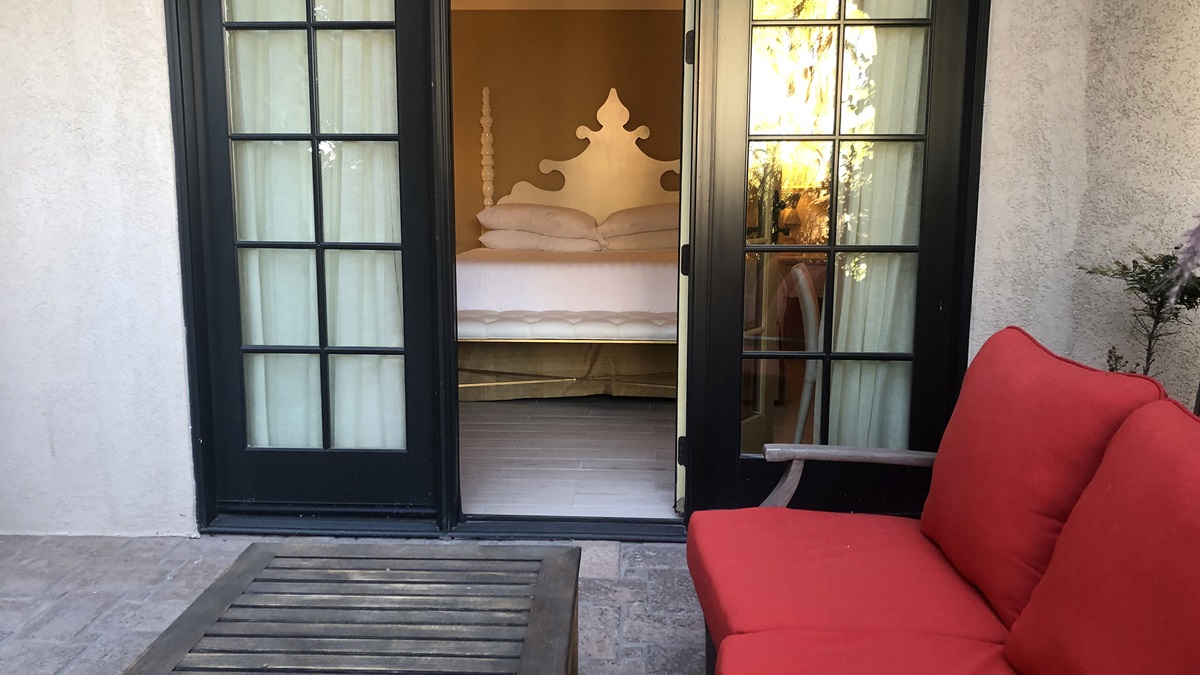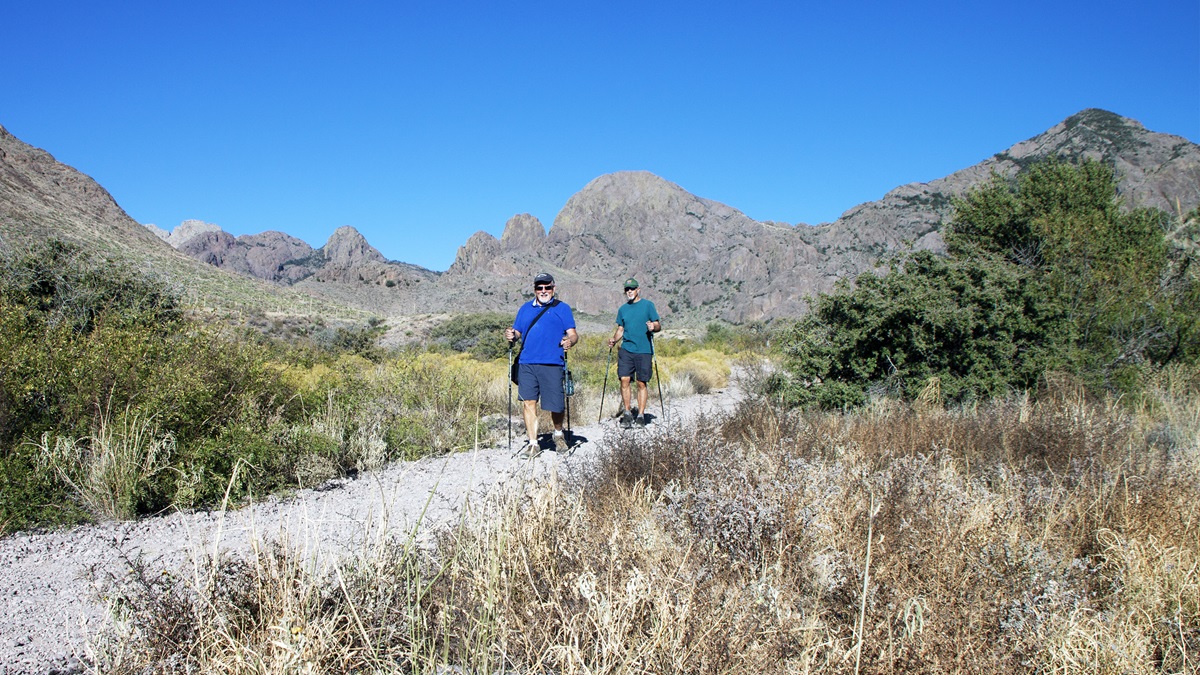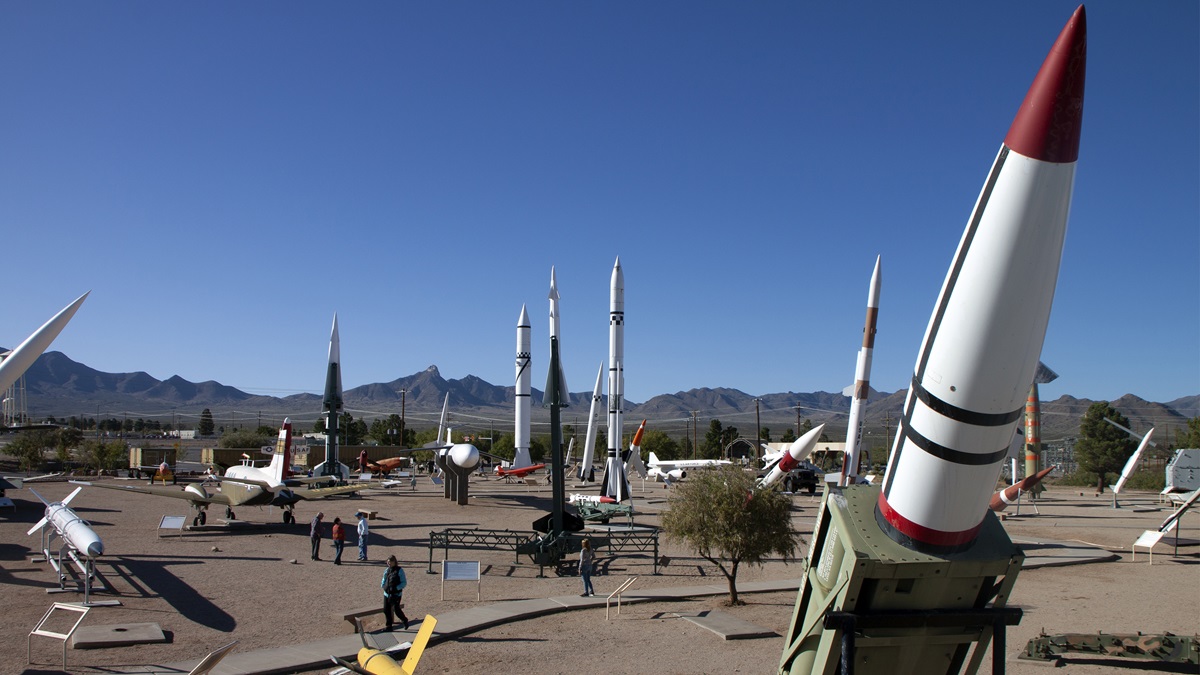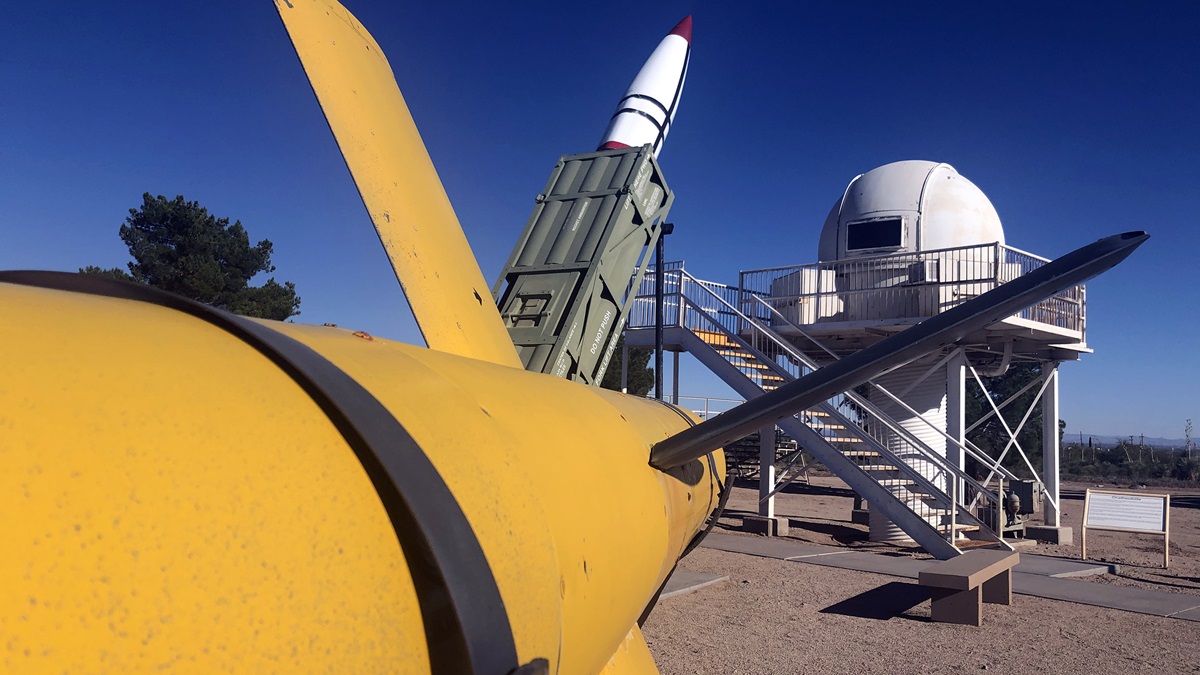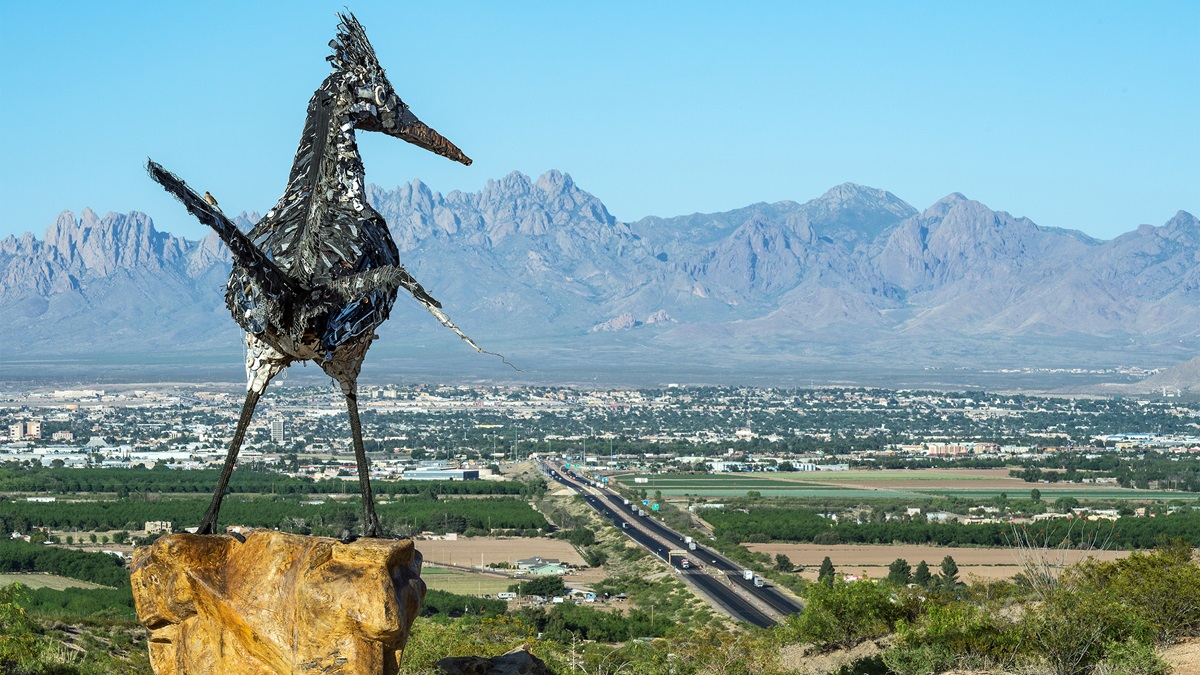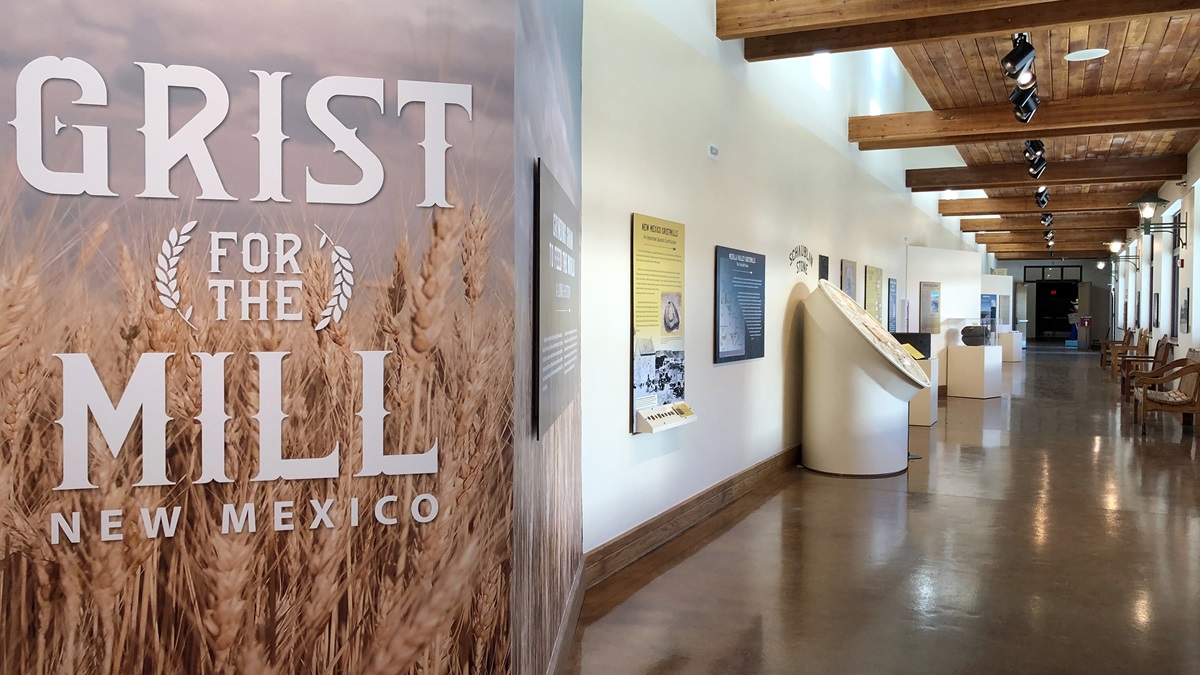Space to explore
Las Cruces, New Mexico
As Virgin Galactic prepares to launch its first paying customers into space, Las Cruces, New Mexico, one of the cities near Spaceport America, is preparing to welcome more visitors.
Over the past few years, this city in southern New Mexico has already seen an influx of visitors for tours of Spaceport America as well as employees and their families relocating to work there. The first purpose-built commercial spaceport is 45 miles north of Las Cruces near Truth or Consequences, a town of 6,000 residents. Many visitors arrive via Las Cruces International Airport or eventually gravitate to the attractions and services in Las Cruces, which has just over 100,000 residents, making it the second largest city in New Mexico behind Albuquerque.
Hotel Encanto is on the east side of the city and makes a great base for exploring Las Cruces’ museums, food and agriculture scene, and outdoor activities.
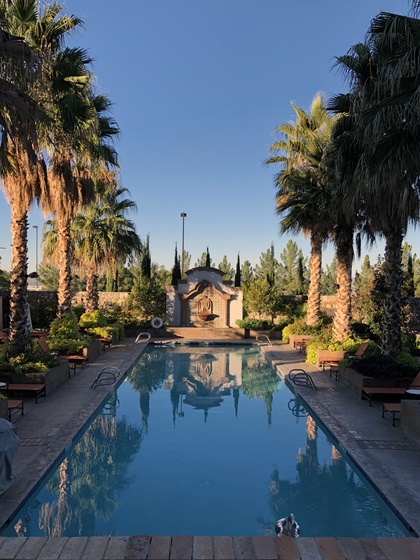
Las Cruces is surrounded by the Organ Mountains Desert–Peaks National Monument, which includes the Organ Mountains, Desert Peaks, Potrillo Mountains, and Doña Ana Mountains. A variety of recreation options are available to explore the areas; one of the most accessible spots is 10 miles east of Las Cruces: The Dripping Springs Natural Area has four miles of trails highlighting the Organs’ rocky peaks, narrow canyons, and open woodlands.
East of Las Cruces about 25 miles, and passing over the Organ range, is White Sands Missile Range Museum. It’s worth the drive for space and history buffs, though operating hours can be inconsistent and you’ll want to call ahead to ensure access since it’s just inside the gate of an active U.S. Army installation.
We didn’t arrive during museum operating hours, but were able to walk through the adjacent missile park (open daily dawn to dusk) to see and read signage about the rockets, missiles, aircraft, optical equipment, and radars that have been developed and tested on the range since 1945. (Learn more about exploring White Sands National Park, the New Mexico Museum of Space History, and other attractions near Alamogordo, New Mexico).
In downtown Las Cruces, you can explore the city’s connection to space at the Museum of Nature and Science. The Light and Space section of the museum includes a telescope built by Las Cruces astronomer Clyde Tombaugh, credited with discovering Pluto.
The museum is one of four operated by the city of Las Cruces. Two others are also downtown on Main Street: Branigan Cultural Center and Las Cruces Museum of Art. The Las Cruces Railroad Museum is about half a mile west in the historic Santa Fe Railroad depot.
Main Street also has art galleries, restaurants, shops, and historic buildings such as the Rio Grande Theatre, the only operating two-story adobe theater in the United States, according to the website. Visit Las Cruces operates the theater as an entertainment venue.
It was easy to spend a morning downtown on a Saturday, one of two days a week the Farmers and Crafts Market of Las Cruces draws vendors selling locally made handcrafted items, farmers offering seasonal local produce, and food trucks. The larger market on Saturday mornings covers about seven city blocks and there are plenty of stops for beverages and prepared foods.
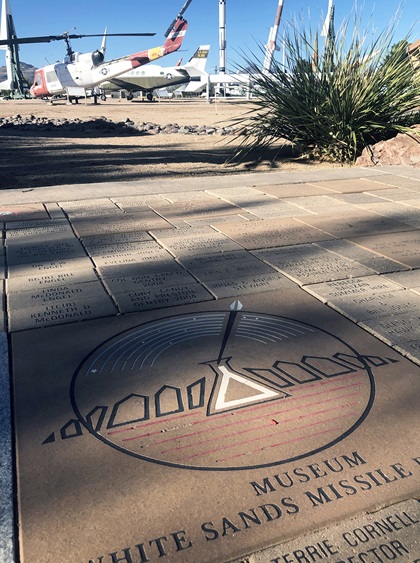
It seemed every block had at least one stand with colorful ristras, strings of vibrant red, green, and yellow chiles. I wandered through the street market enjoying a breakfast burrito and agua fresca, then later sampled biscochitos—a thick sugar cookie that is a New Mexico tradition—and kettle corn popped fresh and sprinkled with chile seasoning.
Another shopping, dining, and historic area to visit is Old Mesilla, just 3 miles south of downtown. Mesilla was the hub of activity throughout the area’s early days and when residents opposed the railroad coming through in the 1880s, Las Cruces became the transportation and commerce center. Today, you can explore the Mesilla Plaza’s historic buildings (including a gift shop that was once the courtroom where Billy the Kid stood trial in 1881 for the assassination of Sheriff William Brady) and eclectic shops where you can buy New Mexico-grown pistachios and pecans.
Thanks in part to the nearby Rio Grande River, this area of New Mexico is known for its agricultural roots. You can explore the local products through shops, restaurants, farm tours, wineries, and museums.
Doña Ana County claims it is the oldest commercial wine-growing region in the United States, citing grapes brought by Spanish colonists and monks as far back as 1580. The region is one of the top in the country in acres devoted to chile and pecan growing.
Las Cruces is home to New Mexico State University, where you’ll find the Chile Pepper Institute. You can visit the campus office to see chile pepper research, books, art, and hundreds of hard-to-find chile pepper seed varieties, or drive to the off-campus teaching garden, which is open July through November (self-guided tours or contact in advance for a guided tour).
For a deeper look at 4,000 years of farming and ranching in New Mexico, give yourself several hours to explore the New Mexico Farm and Ranch Heritage Museum, 47 acres of indoor and outdoor experiences from art and farm implement collections to livestock barns and pens. Heritage Gallery has permanent indoor exhibitions and there’s space for temporary exhibits. The current “Home on the Range: From Ranches to Rockets” exhibit tells the story of ranchers from Texas settling in the Tularosa Basin in the late 1800s and eventually being ordered to turn over their land to military training.
“Ranches to Rockets” is being extended because of COVID-19 closures, and it’s also online if travel is not in your near future. With this and all attractions in New Mexico, be sure to research in advance any travel restrictions.
